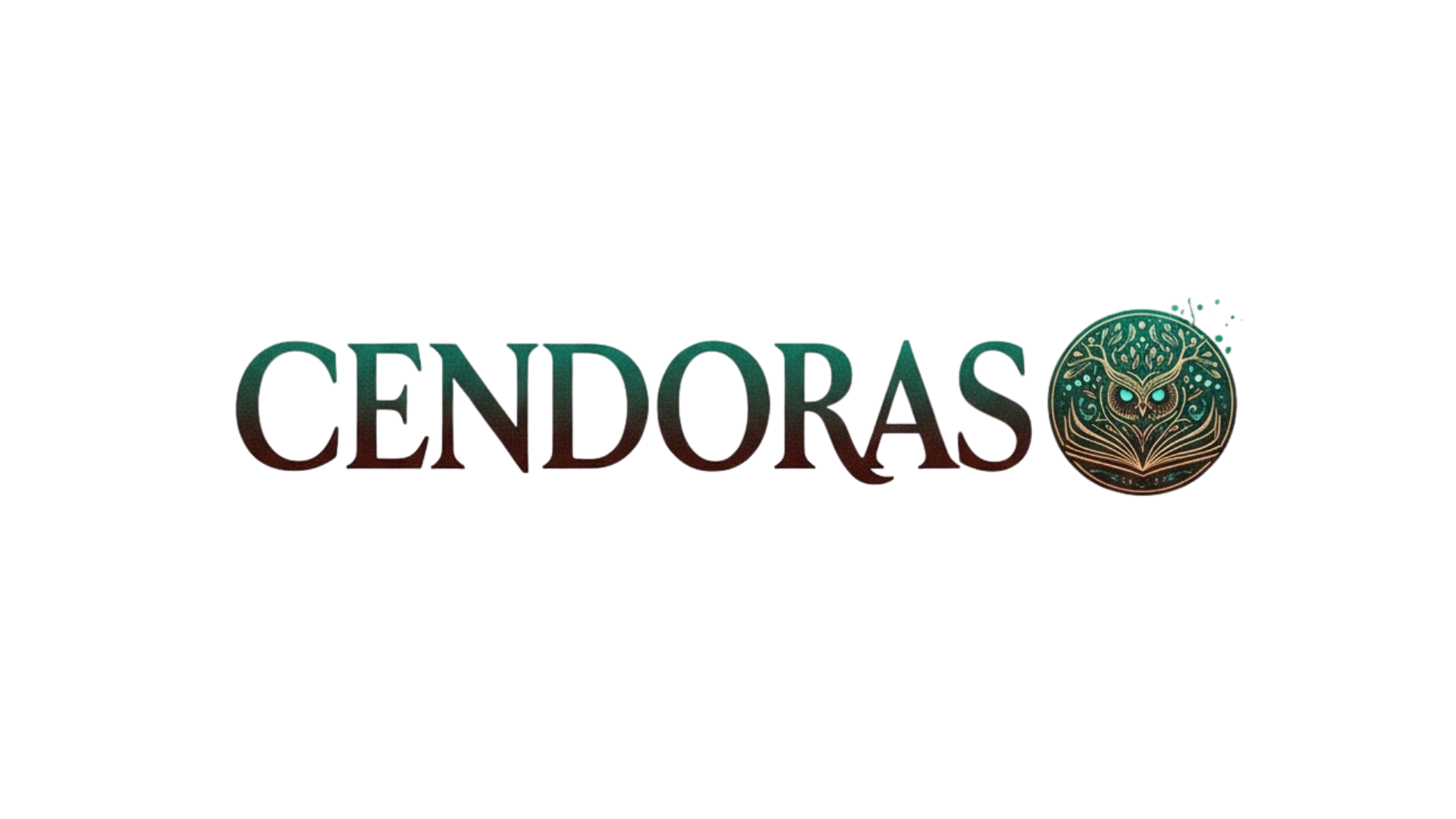Every day, you face countless decisions—from mundane choices to life-altering commitments. Understanding how your mind truly works can revolutionize your approach to decision-making.
The traditional economic model suggests that humans are perfectly rational beings who always make optimal choices with complete information. However, this idealized view doesn’t reflect reality. Enter bounded rationality theory—a revolutionary concept that acknowledges our cognitive limitations while celebrating our remarkable ability to make “good enough” decisions despite constraints.
Developed by Nobel laureate Herbert Simon in the 1950s, bounded rationality theory transformed how we understand human decision-making. Rather than viewing our limitations as failures, this framework recognizes that we operate within boundaries of time, information, and cognitive capacity—yet still manage to navigate complex environments successfully.
🧠 What Exactly Is Bounded Rationality?
Bounded rationality is the idea that when individuals make decisions, their rationality is limited by the information they have, the cognitive limitations of their minds, and the finite amount of time they have to make decisions. Unlike the “economic man” who possesses infinite computational power and complete information, real humans work with constraints.
This concept doesn’t suggest we’re irrational. Instead, it proposes that we’re adaptively rational—we develop strategies and mental shortcuts that allow us to make satisfactory decisions within our limitations. We don’t always seek the absolute best option; we often settle for one that’s good enough, a process Simon termed “satisficing.”
The theory consists of three fundamental constraints that shape every decision you make:
- Limited information: You never have access to all possible data about a situation
- Cognitive limitations: Your brain has finite processing power and working memory capacity
- Time constraints: Decisions must often be made quickly, without exhaustive analysis
The Difference Between Maximizing and Satisficing 🎯
Understanding the distinction between maximizing and satisficing is crucial for unlocking your decision-making potential. Maximizers seek the absolute best option, exhaustively comparing alternatives and often experiencing decision paralysis and post-decision regret. Satisficers, on the other hand, establish acceptable criteria and select the first option that meets these standards.
Research consistently shows that satisficers tend to be happier with their decisions, experience less stress during the decision-making process, and move forward more quickly. This doesn’t mean settling for mediocrity—it means being strategic about where you invest your decision-making energy.
Consider buying a laptop. A maximizer might spend weeks comparing every specification across dozens of models, constantly worrying they might miss a better deal or superior feature. A satisficer determines their essential requirements—perhaps 16GB RAM, good battery life, and under $1,200—then purchases the first laptop meeting these criteria from a reputable brand.
When to Maximize vs. When to Satisfice
The key to effective decision-making isn’t choosing one approach exclusively—it’s knowing when to apply each strategy. High-stakes, infrequent decisions like choosing a career path, selecting a home, or major financial investments warrant more thorough analysis. Low-stakes, reversible, or frequent decisions benefit from satisficing.
Ask yourself: Will this decision significantly impact my life six months from now? Is it easily reversible? How much time do I realistically have? Your answers should guide your approach.
Heuristics: Your Brain’s Efficiency Shortcuts ⚡
Heuristics are mental shortcuts that allow you to solve problems and make judgments quickly and efficiently. These psychological tools are central to bounded rationality—they’re how your brain adapts to its limitations. While heuristics can occasionally lead to biases, they’re generally remarkably effective.
Common heuristics that shape your daily decisions include:
- Availability heuristic: Judging probability based on how easily examples come to mind
- Representativeness heuristic: Categorizing based on similarity to prototypes
- Anchoring: Relying heavily on the first piece of information encountered
- Recognition heuristic: Preferring familiar options over unfamiliar ones
Understanding these heuristics empowers you to use them consciously rather than being unconsciously driven by them. When you recognize that you’re favoring a familiar brand simply because of recognition, you can pause and consider whether this shortcut serves your current needs or whether deliberation is warranted.
Building Better Decision-Making Systems 🛠️
Rather than trying to become a perfectly rational decision-maker—an impossible goal—you can design systems that work with your cognitive architecture. This approach acknowledges your limitations while leveraging your strengths.
Create Decision Frameworks in Advance
One of the most powerful applications of bounded rationality theory is pre-committing to decision frameworks before you face specific choices. When you’re not in the heat of the moment, you can think clearly about your values and priorities, then create rules that guide future decisions.
For example, you might establish criteria for accepting new projects: Does it align with my core skills? Will it provide learning opportunities or valuable connections? Does the compensation meet my minimum threshold? When opportunities arise, you simply apply your pre-established framework rather than deliberating from scratch each time.
Reduce Decision Fatigue Through Routines
Decision fatigue—the deteriorating quality of decisions after a long session of decision-making—is a real phenomenon supported by extensive research. Every decision depletes your cognitive resources, which is why you’re more likely to make poor choices late in the day.
Successful leaders from Barack Obama to Mark Zuckerberg have famously reduced trivial decisions by wearing similar clothes daily. This isn’t about fashion—it’s about conserving cognitive resources for decisions that truly matter. Identify low-stakes decisions in your life that you can automate through routines, default choices, or pre-commitment.
The Environmental Factor: How Context Shapes Decisions 🌍
Bounded rationality theory recognizes that decision-making isn’t purely an internal process—your environment profoundly influences your choices. This insight opens powerful opportunities for improving decisions by redesigning your context.
Choice architecture—the way options are presented—significantly impacts what you select. Supermarkets place high-margin items at eye level. Websites design default settings knowing most users won’t change them. Cafeterias increase healthy eating by making nutritious foods more visible and accessible.
You can apply these principles to your own life. Want to read more? Place books in visible locations and your phone in a drawer. Trying to eat healthier? Keep nutritious snacks at the front of your pantry and less healthy options out of sight. These environmental modifications work with your bounded rationality rather than against it.
Social Environments and Decision Influences
Your social context also shapes your decisions in ways you might not consciously recognize. The people around you establish norms that feel like natural choices. If your peer group prioritizes continuous learning, you’re more likely to invest in professional development. If your family has strong savings habits, you’ll likely adopt similar financial behaviors.
Strategically curate your social environment. Join communities aligned with your goals. Seek mentors who embody the decision-making patterns you aspire to develop. Your bounded rationality means you’ll naturally adopt the heuristics and satisficing criteria of those around you—make sure those influences serve your aspirations.
Practical Applications Across Life Domains 💼
Bounded rationality theory isn’t merely academic—it offers practical insights for improving decisions across all life areas.
Career and Professional Development
In professional contexts, recognizing bounded rationality helps you work more effectively within organizational constraints. You can’t analyze every possible approach to a project—deadlines demand action. Establishing clear criteria for “good enough” allows you to deliver consistently rather than pursuing perfection that never materializes.
When considering job offers or career transitions, satisficing prevents paralysis. Define your essential requirements—compensation range, growth opportunities, company culture, location flexibility—then make your decision when an opportunity meets these criteria rather than endlessly wondering if something better might emerge.
Personal Finance and Investment
The financial industry often promotes the myth that with enough analysis, you can identify optimal investments. Bounded rationality theory suggests a different approach: establish diversified, low-cost index funds that perform well enough, then redirect your energy toward increasing income rather than obsessing over minor optimization.
This doesn’t mean being careless with money. It means recognizing that the difference between good and perfect investment strategies is often marginal, while the cognitive cost of pursuing perfection is substantial. Set reasonable criteria, make your choice, and move forward with confidence.
Relationships and Social Connections
Bounded rationality offers liberating insights for relationships. There’s no objectively “perfect” partner—there are people who meet your important criteria and with whom you build something meaningful. The maximizer approach to dating—constantly wondering if someone better exists—undermines relationship satisfaction and prevents genuine connection.
Similarly, decisions about how to spend social time benefit from satisficing. You don’t need to attend the absolute best event or optimize every social interaction. Choose activities that meet your criteria for connection and enjoyment, then be fully present rather than mentally comparing to alternatives.
Overcoming Common Decision-Making Traps 🚧
Understanding bounded rationality helps you recognize and avoid common pitfalls that emerge from misunderstanding your cognitive constraints.
Analysis Paralysis
Analysis paralysis occurs when you collect information and analyze options indefinitely without making a decision. This happens when you don’t recognize your cognitive limitations and believe that more analysis will reveal a clearly superior option. Bounded rationality theory reminds you that additional information has diminishing returns and that at some point, good enough is genuinely good enough.
Combat analysis paralysis by setting decision deadlines, limiting information sources, and explicitly defining satisficing criteria before you begin gathering information.
The Sunk Cost Fallacy
The sunk cost fallacy—continuing an endeavor because of previously invested resources—represents a failure to recognize bounded rationality. Your past self made decisions with the information and cognitive state they had then. Your current self should make decisions based on current and future circumstances, not past investments you can’t recover.
When facing potential sunk costs, ask: “If I were encountering this situation fresh today, with no prior investment, what would I decide?” This reframing helps you make forward-looking decisions rather than being trapped by past choices.
Technology and Bounded Rationality 📱
Modern technology presents both challenges and opportunities for bounded rationality. Information overload intensifies our cognitive constraints—we have access to more data than ever, but our processing capacity hasn’t increased. Paradoxically, more options often lead to worse decisions and lower satisfaction.
Strategic technology use acknowledges these limitations. Rather than endlessly browsing options, use technology to narrow choices to a manageable set. Employ filters and criteria before you begin evaluating. Set timers for research sessions to prevent spiraling into information overload.
Decision-making apps and tools can support bounded rationality by helping you establish criteria, systematically evaluate options, and commit to choices. However, avoid tools that simply present more information or options—seek those that help you structure and limit your decision process.
Cultivating Decision-Making Wisdom Over Time 🌱
Improving decision-making isn’t about overcoming bounded rationality—it’s about working skillfully within its constraints. This requires building self-awareness about your personal decision-making patterns, recognizing which heuristics serve you well and which lead you astray.
Reflect on past decisions periodically. What criteria did you use? Were they appropriate? When did satisficing serve you well? When might more analysis have been valuable? This reflection builds decision-making wisdom that improves your intuitive judgment over time.
Keep a decision journal for important choices. Record your criteria, alternatives considered, reasoning, and ultimate choice. Months later, review these entries to assess outcomes. This practice reveals patterns in your decision-making and helps you refine your approaches.
The Role of Intuition
Bounded rationality theory actually validates intuition—that gut feeling you sometimes have. Intuition isn’t magical; it’s your brain rapidly processing patterns based on accumulated experience. In domains where you have extensive experience, intuitive judgments often incorporate more information than deliberate analysis can manage.
The key is knowing when to trust your intuition (familiar domains, pattern recognition tasks, time pressure) versus when to deliberate (unfamiliar situations, high stakes, unusual circumstances). Experienced doctors, firefighters, and chess players demonstrate remarkable intuitive judgment in their domains because they’ve developed rich mental models through extensive experience.

Embracing Imperfection as a Strength 💪
Perhaps the most liberating insight from bounded rationality theory is that seeking perfect decisions is not just impossible—it’s counterproductive. The cognitive resources you invest in marginal optimization could be better spent elsewhere. The stress and delay caused by maximizing often outweigh any benefits from slightly better choices.
Embracing satisficing doesn’t mean lowering your standards—it means being strategic about where you set high standards and recognizing that in most domains, several good options exist rather than one perfect choice. This mindset reduces decision anxiety, increases action, and paradoxically often leads to better overall life outcomes because you’re making more decisions and learning from experience rather than deliberating endlessly.
Your bounded rationality isn’t a bug—it’s a feature. Evolution designed your cognitive architecture to make fast, generally effective decisions in complex environments, not to identify global optima. When you align your decision-making approach with your actual cognitive capabilities, you reduce stress, increase satisfaction, and make better decisions over time.
The power of bounded rationality theory lies in its realism and applicability. By understanding your limitations, you can design systems, environments, and approaches that work with your mind rather than against it. You can let go of the exhausting pursuit of perfect decisions and instead cultivate the wisdom to make consistently good choices that move your life forward.
Start small. Identify one area of your life where you’ve been maximizing—perhaps spending excessive time on minor purchases, constantly second-guessing social plans, or endlessly researching before taking action. Establish satisficing criteria for this domain and commit to making your next decision when those criteria are met. Notice how this feels different. Observe whether the outcome is truly worse than your typical maximizing approach would have produced. Most people discover their satisficed decisions are just as good while requiring far less energy and stress.
As you become more comfortable with satisficing in low-stakes domains, gradually extend this approach to other areas. Simultaneously, identify the few domains where maximizing truly matters—perhaps major career decisions or significant financial commitments—and concentrate your analytical energy there. This strategic allocation of cognitive resources represents decision-making maturity grounded in bounded rationality principles.
Remember that effective decision-making is ultimately about living well, not about making theoretically optimal choices. A good decision made and implemented beats a perfect decision that never happens. Bounded rationality theory gives you permission to be human while providing tools to be more strategically human in how you navigate life’s countless choices.
Toni Santos is a behavioural economics researcher and decision-science writer exploring how cognitive bias, emotion and data converge to shape our choices and markets. Through his studies on consumer psychology, data-driven marketing and financial behaviour analytics, Toni examines the hidden architecture of how we decide, trust, and act. Passionate about human behaviour, quantitative insight and strategic thinking, Toni focuses on how behavioural patterns emerge in individuals, organisations and economies. His work highlights the interface between psychology, data-science and market design — guiding readers toward more conscious, informed decisions in a complex world. Blending behavioural economics, psychology and analytical strategy, Toni writes about the dynamics of choice and consequence — helping readers understand the systems beneath their decisions and the behaviour behind the numbers. His work is a tribute to: The predictable power of cognitive bias in human decision-making The evolving relationship between data, design and market behaviour The vision of decision science as a tool for insight, agency and transformation Whether you are a marketer, strategist or curious thinker, Toni Santos invites you to explore the behavioural dimension of choice — one insight, one bias, one choice at a time.




